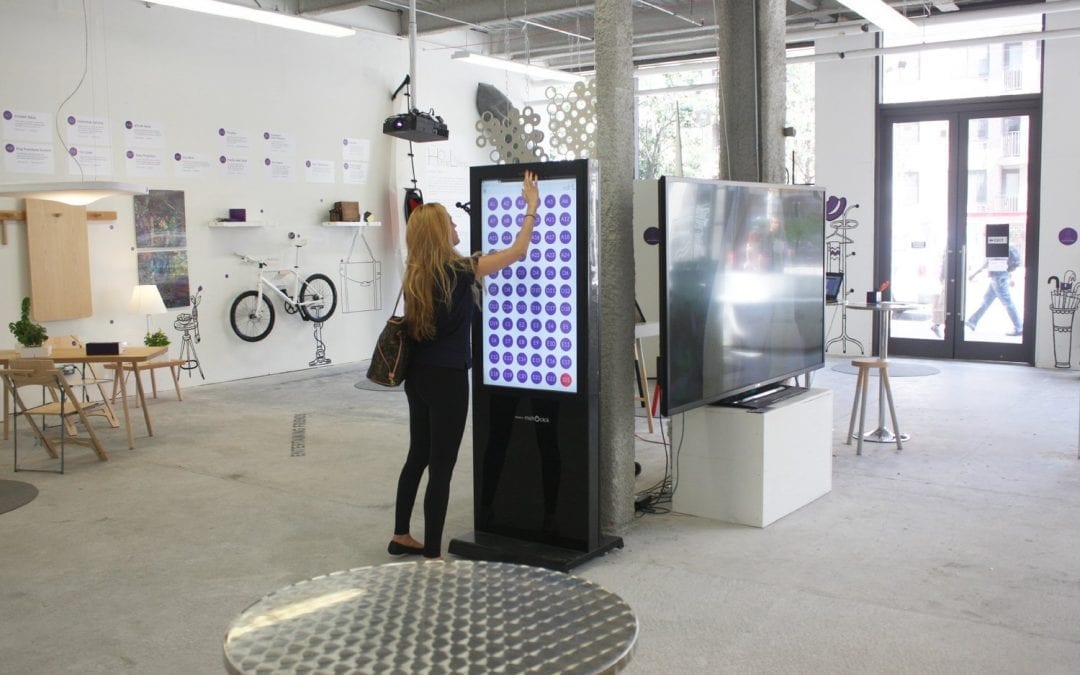Many establishments perceive sleek technology to obstruct their homey, rustic aesthetic, and thus infringe on their branding and sales. Older demographics, and sometimes even millenials, have a nostalgic inclination for person-to-person, old soul aesthetics. And I think as humans generally, regardless of demographic, there is a fondness we all have for that warm, personable, hole-in-the-wall feel. If not, we’d surely be robots.
Some argue we already are; those with unshakable skepticism towards touch screen kiosks and technology in general believe that our use of screens erodes our personability.
We’d dispute that claim, though not because we’re unsentimental, straight-thinking futurists. We’re all, despite the extent to which we admit it, somewhat nostalgic people seeking intimacy, and by extension, intimate aesthetics. So how is technology of today reflecting that?
Because it’s getting more personal and more intimate.
When computers first came about, there always seemed to be a learning curve that accompanied their adoption, hence the generational hesitance and lag to using them. We had to change ourselves, learn more, and accommodate to the technology. Now, the technology accommodates to each and every one of us.
Every day, software teams from Silicon Valley to TriBeCa code away to personalize user experiences. To personalize, in the most etymological sense, is to bring person-ness—humanness—to the device. In some ways, customized software can be more personable, designed to be more rustic and homey, than a lobby coffee table or a wooden counter. Software is designed to suit the individual user and his or her life. Like a long time travel agent or shopping assistant, whose success is measured by his/her knowledge of his client’s preferences, software today can master name recognition, individual itinerary identification, or a shopper’s style with just a few swipes on a kiosk system. As the travel or shopping agent’s knowledge of his customers improves their sales, the same trend applies for personalized software.
Going with the agent analogy, it is no wonder that current marketing analysis is discovering that customer satisfaction, personalization, customization and the individualized experience have been the biggest profit driver, more than a sexy sales ad in a lobby.
Retail and hospitality tech is striding closer to the human experience more than ever, optimizing viable opportunities for you business to connect with each of your customers—with each of their thoughts, interests, and wants—on an individual, personal level.
Forbes writer Shep Hykens dubs 2016 the “year of the customer.” No wonder.

